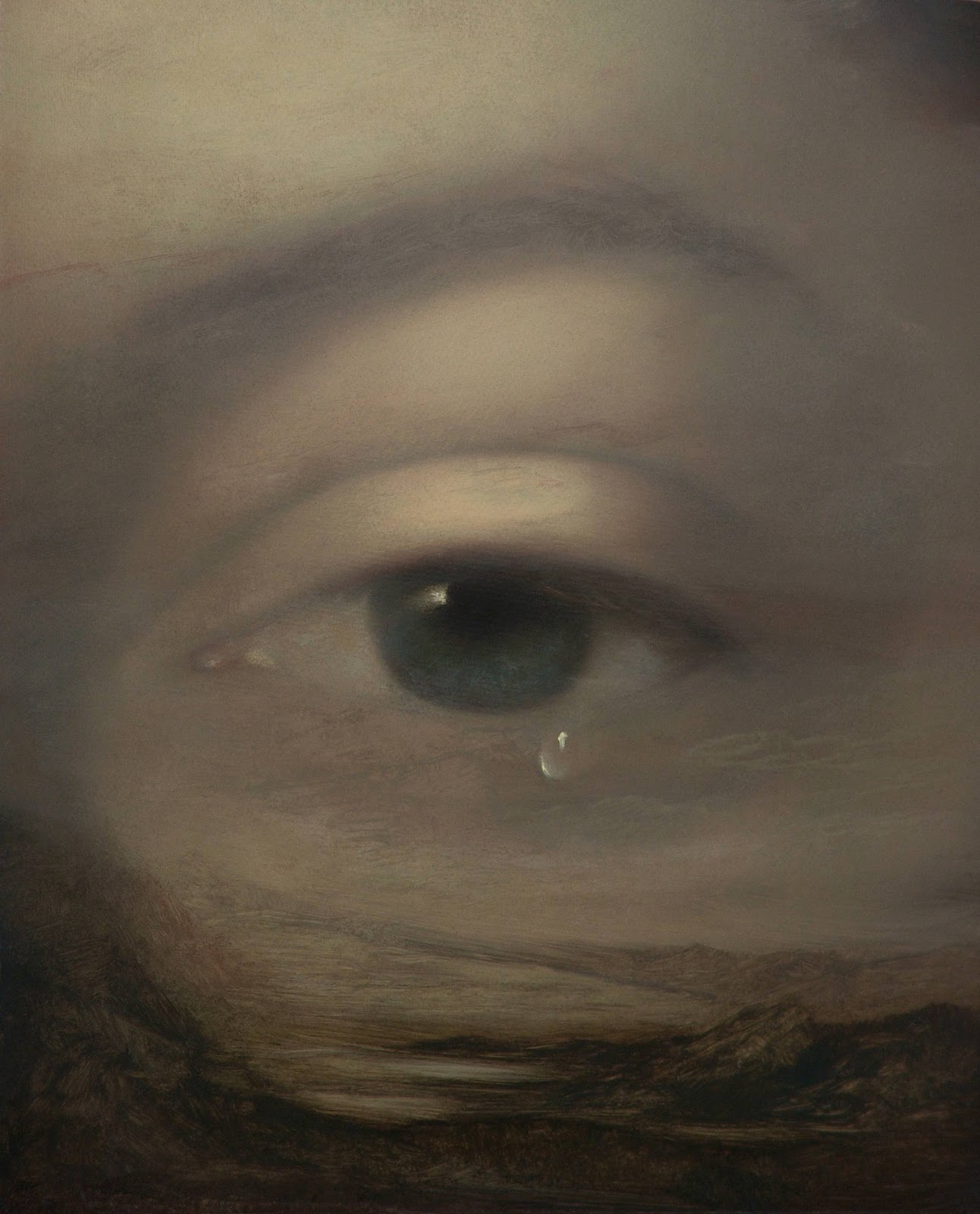The Rape of Polyxena is a marble statue located in the Loggia dei Lanzi, the open-air museum in Florence, Italy’s Piazza della Signoria.
It was sculpted in 1868 by Italian sculptor who worked chiefly in the Romantic style, Pio Fedi (1815-1892), but it was placed alongside several sculptures from the Renaissance.
The Rape of Polyxena embodies Hellenistic, Renaissance, Baroque and Neoclassicist mannerisms regarding its style and theme.
















.jpg)

